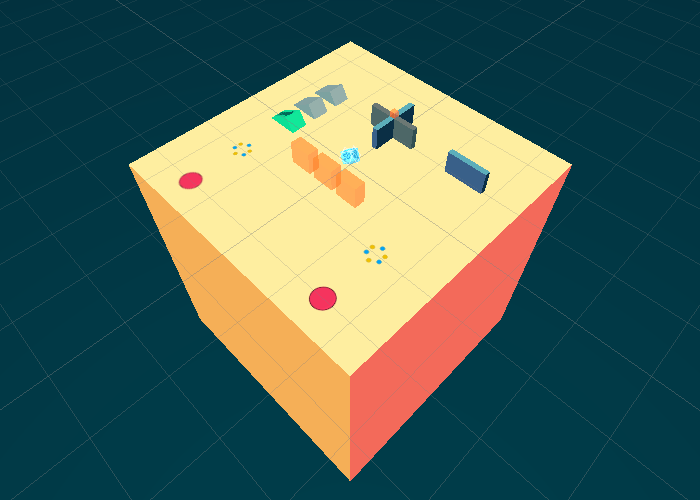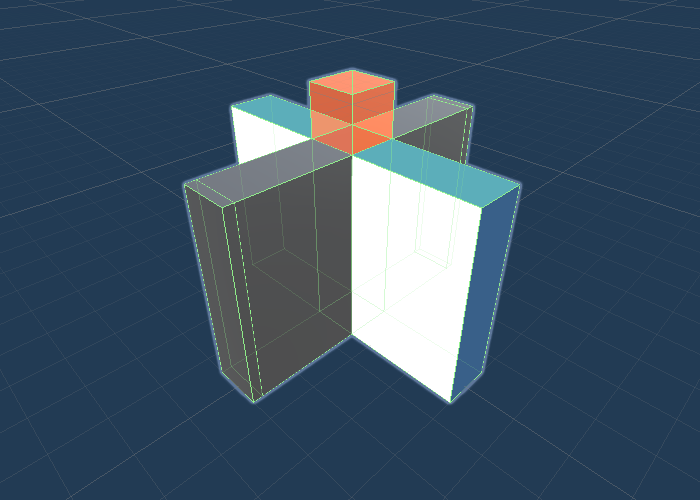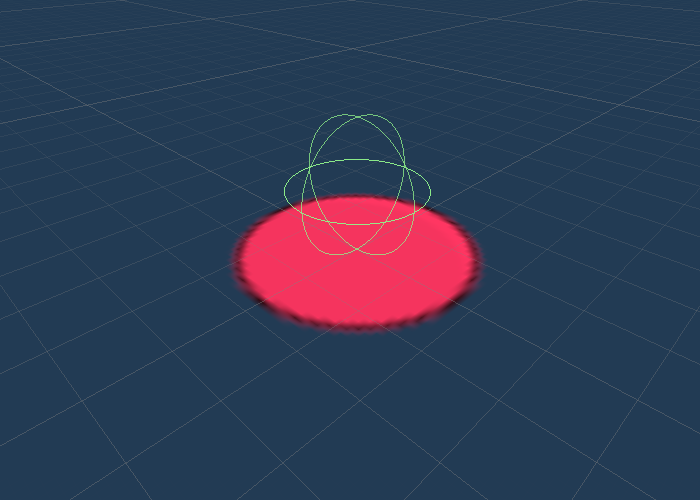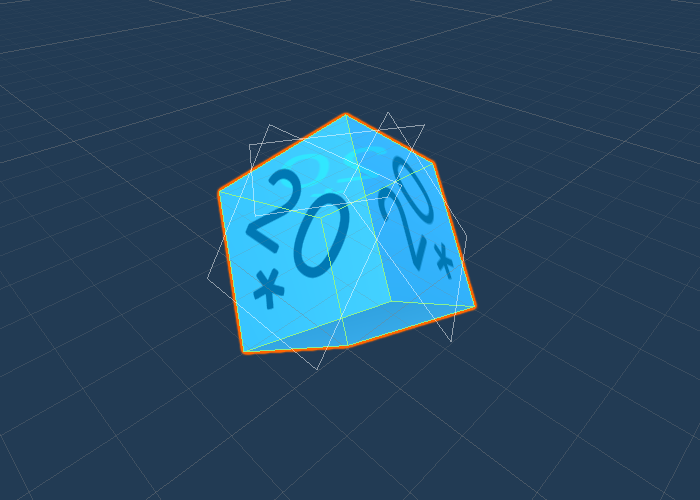First game in Unity: 6) Level-up
- darrentemple101
- Jan 12, 2021
- 5 min read
Updated: Jan 13, 2021
Perhaps the most challenging part of the whole processes of developing my first game was designing levels. Getting some understanding of Unity and the nuances of coding in C# was of course the first challenge, and certainly nothing at all can be achieved without going through that trial. But even with some technical prowess, at least to the point of progressing from a crawl to a walk, and even with an overarching idea and some working parts, that still only gets you just up to the barrier for entry. Taking it further is where the technical skills take a back seat and the creative skills get down to work, and it really is a different process altogether.
Having some vision and then coding it up is a task that can be decomposed into a set of sub-tasks which can be ticked off one by one, and you can always make some kind of headway, however small. Even if some code is written that doesn't quite work and which requires some more research to solve, if it feels like things are going backwards rather than forwards, experience points are still being earnt all the while, and although it may not seem like it at the time, that process reduces the difficulty of future technical hurdles. Solving problems makes you a stronger problem solver.
But getting the vision of what to develop in the first place isn't such a linear process. You can take linear steps to an extent, starting with some kind of brainstorming or sketching and trying some kind of systematic method from there, but it's definitely a fuzzy kind of process, one that can't simply be hammered until it submits. Analogously, you can understand all there is to know about language and grammar, yet still not be able to write a decent story. Equally so, you may have a great idea but not know exactly how to execute it. And so it is that in the games industry, as in many other creative technical industries, there are specialists for both major camps on the ideas side and on the digital side, and sometimes those who straddle the border. As a solo developer, you just have to do both. But of course those who choose such a path know all of that, and are happy with such a mixed bag.
Working at home these days, I like to start out with a walk, rain or shine. It's a great way to make sure some exercise is done, and I feel much fresher coming to sit at my desk after I've been outside for a while, and can concentrate better for the rest of the day. As I was developing my first game, my morning walks were a great time to just let my mind wander and imagine different things I might be able to make that day, or what to improve on from the previous day. There was no computer and so no expectation that anything was going to be done there and then, and no frustration at sitting at the desk trying to come up with an idea that may not be ready to appear just yet. Just walking with the main purpose of walking, thinking as an extra, and coming up with useful ideas as a bonus. I developed at least the seed of many game concepts during these strolls, levels included, and sometimes a complete plan.
The creative ideas were reiterated in the same way as the technical tasks, as I tried not to fight any one thing too much if it just wasn't budging. I would try to develop some aspect of one level, then inevitably find myself with a few tangents to thankfully follow before coming back to improve it further. There were still times when I would literally stare at the screen or off into space or just close my eyes, for ages on end, trying to condense the mental fog into something more tangible. Often it felt like a good idea would just never come. I wasn't aiming for perfection, but I still wanted something I would be happy to put my name to. The first generation of levels ended up totally scrapped, I knew they were far too uninteresting to be worth anyone's time. But they were nonetheless essential steps to help produce the levels that I did end up finalising, and so, just like that code which ends up dead and deleted, those early attempts helped to provide a foundation for something that lasted.
After trying to make a few levels with various boxes and walls, I knew that I really needed some more engaging items in the environment. Then, after making a couple of levels with some bespoke gizmos that slid or rotated, I started a little sandbox area to develop further gizmos for levels yet undesigned. This was the next turning point in how I was approaching the game, by trying to think of neat atomistic mechanics that could be pieced together as building blocks, rather than trying to see the big picture from the outset and then creating bespoke elements to fit as I went. Designing gizmos outside of an immediate use and context was liberating from the real need to design levels, but also helped to catalyse the designing of levels at the same time. With some toys on the table, the ideas started to flow a bit smoother.
Six levels is all I wanted, one for each side of the cube. They didn't need to be super fancy, but I really didn't want to let it be super boring either. Even though this was just a first game and a proof to myself that I could do it, as much as anything, I still had some personal standards. One by one the levels came to be, some taking a few days to make all told, others coming together more or less in an afternoon. Each had its own challenges, and each taught me a lot. I tried to balance the game from start to finish, kicking things off with on-screen visual cues for play instructions in a first level maze, then introducing enemies and projectiles, then the player's accomplice, and all the while having new environment elements come into play one after the other, in various combinations. Even though there are only six levels, there's still a lot going on, despite the apparent simplicity from the player's perspective.
Finally it was starting to feel well rounded, or maybe I should say well cubed. I didn't know what done would look like when I started out, but as I approached that point it started to become apparent. Playing through end-to-end was pretty satisfying, and I got some good early feedback which was encouraging. Enclosed within this little six-sided world for the player were accomplices, enemies, special skills, rotating doors, sliding doors, moving platforms, launch pads, warp points, mind-exchange points, destructible walls, mental puzzles and time puzzles, all condensed and packaged up in a way that didn't seem too rich for all that. The shape of the cube had truly taken shape.


















Comments